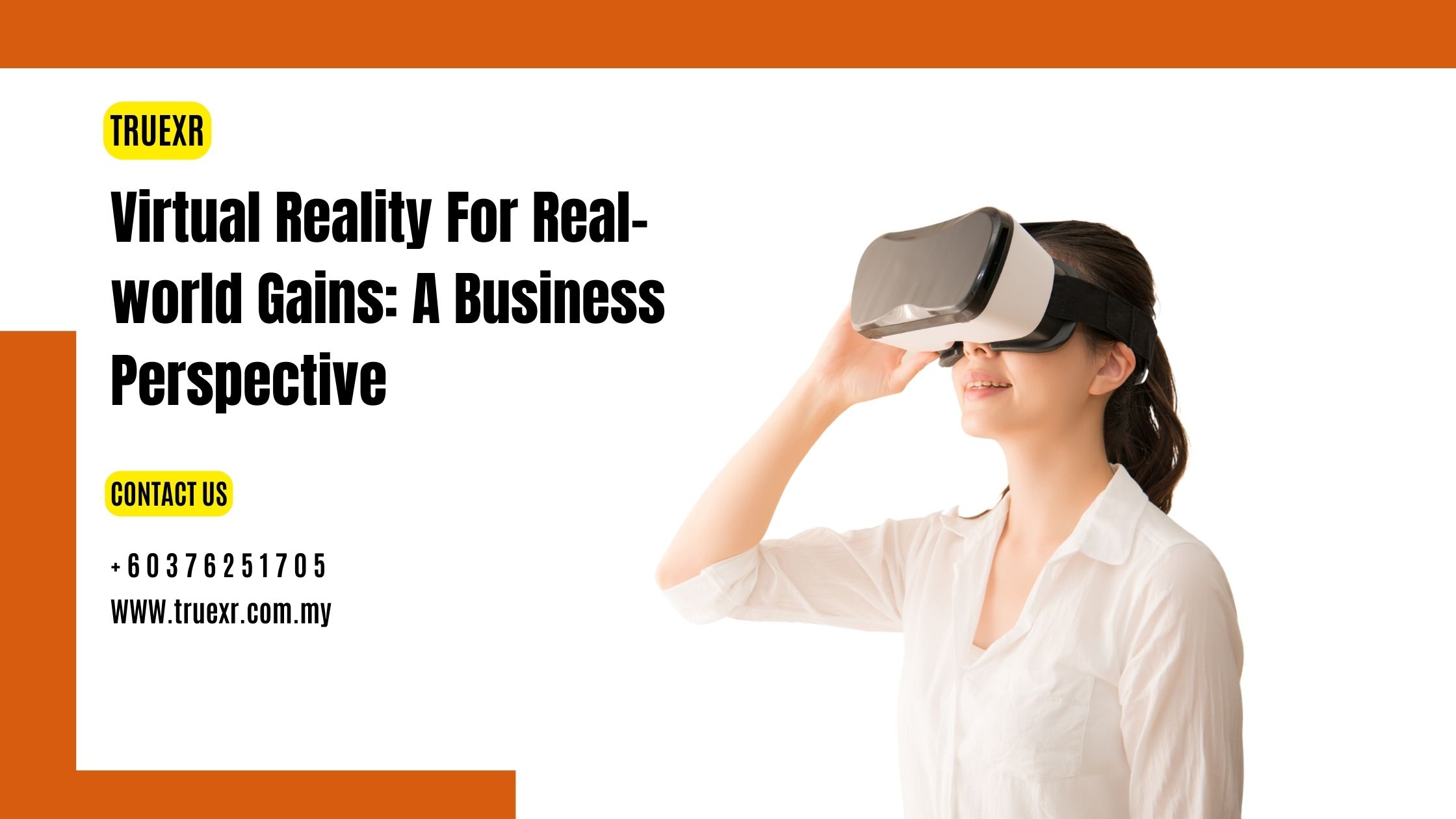
In an age of rapid technological advancements, virtual reality (VR) has emerged as a game-changing tool that extends beyond the realm of entertainment. Businesses are now harnessing the power of virtual reality to drive real-world gains in various operations. From enhancing customer experiences to streamlining employee training, VR is reshaping the business landscape.
In this blog post, we will delve into how Virtual Reality in Malaysia transforms businesses, offering a comprehensive perspective on its benefits, applications, and potential for tangible gains.
Enhancing Customer Experiences
One of the most significant areas where virtual reality is making a substantial impact is in customer experiences. Traditional marketing and sales strategies often struggle to engage customers on a deeper level. Enter virtual reality. With VR, businesses can transport customers into immersive environments that allow them to interact with products or services in unprecedented ways.
Imagine a furniture retailer leveraging VR to create virtual showrooms. Prospective customers can “walk” through these virtual spaces, visualize how different pieces would look in their homes, and even customize colors and styles in real-time. This not only elevates the shopping experience but also minimizes the gap between online and in-store interactions.
Automobile manufacturers are also using VR to offer customers virtual test drives. Potential buyers can experience the sensation of driving a car without leaving the showroom. This not only simplifies the decision-making process but also accelerates the sales cycle, leading to real-world gains for the business.
Revolutionizing Employee Training
Training employees can be time-consuming, costly, and sometimes even ineffective. This is where virtual reality steps in to revolutionize the process. VR simulations provide employees with lifelike scenarios where they can practice skills, make decisions, and learn from their mistakes—all within a controlled environment.
For instance, in industries that require intricate technical skills, such as healthcare or aviation, VR simulations offer a safe space for trainees to perform complex procedures without any real-world consequences. This not only accelerates the learning curve but also boosts confidence and competence, ultimately leading to improved performance on the job.
Moreover, VR training can be particularly beneficial for remote teams or global organizations. Employees from different parts of the world can access the same training modules in VR, ensuring consistency and reducing the need for travel. This not only saves costs but also enhances the overall training experience.
Streamlining Design and Prototyping
Innovation often begins with design and prototyping. Traditionally, businesses have relied on physical models and prototypes to visualize and refine their products. However, this process can be time-consuming and expensive. Virtual reality changes the game by allowing businesses to create and interact with digital prototypes in a three-dimensional space.
Architects, for example, can use VR to walk through virtual buildings before construction even begins. This enables them to identify potential flaws and make necessary adjustments early in the design phase, saving both time and resources. Similarly, product designers can use VR to simulate user interactions with new products, ensuring that the final design meets customer needs and expectations.
Fostering Collaboration and Communication
Collaboration is the cornerstone of success for any business. Virtual reality is transforming the way teams collaborate and communicate, especially in remote or globally distributed setups. With VR, team members can meet in virtual meeting rooms, irrespective of their physical locations, and engage in discussions as if they were in the same room.
This level of immersion enhances communication, as non-verbal cues are more apparent in virtual environments compared to traditional video conferencing. Brainstorming, project planning, and decision-making become more effective and engaging when conducted in VR. This, in turn, can lead to quicker problem-solving and more innovative outcomes.
Conclusion
As we’ve explored in this blog post, virtual reality is far more than a tool for entertainment; it’s a transformative force for businesses across various industries. From enhancing customer experiences to revolutionizing employee training, streamlining design processes to fostering collaboration, VR offers tangible benefits that translate into real-world gains. The businesses that embrace virtual reality and leverage its capabilities are positioning themselves at the forefront of innovation and competitiveness. As technology continues to evolve, the potential for VR to reshape the business landscape will only grow, promising a future where immersive experiences drive real-world success.
